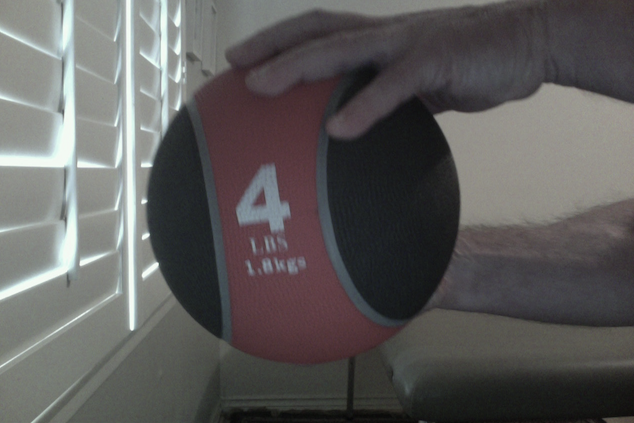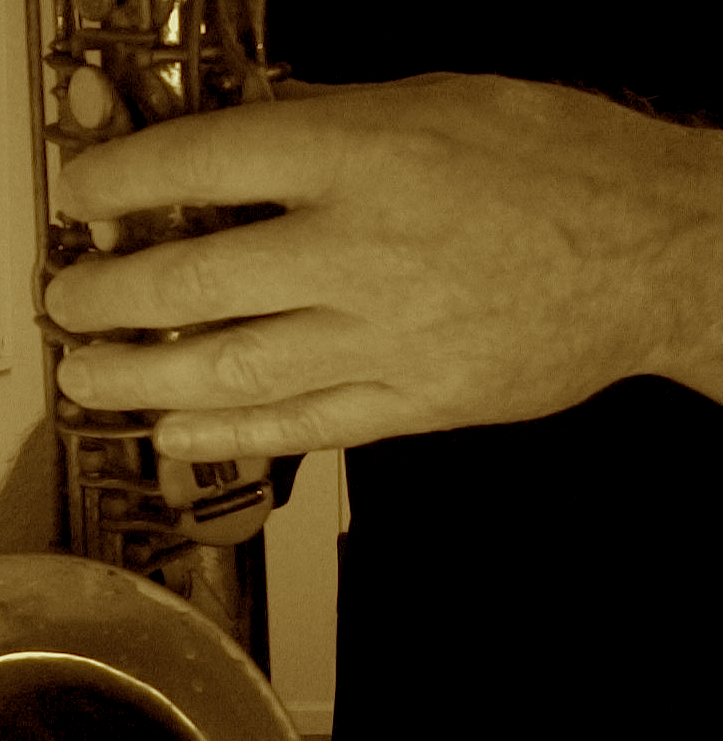As someone who not only practices music daily, but also, engages in physical fitness activities on a regular basis, I firmly believe that your fitness has an impact upon your music making.
It’s not as if you can’t play well if you’re not physically fit (lots of very unfit virtuosi out there). It’s just that you might do better if you stay fit.
Regular exercise not only helps improve your vital bodily functions (circulation, breathing, digestion, sleep), but also, has a measurable impact on your mental faculties. Exercising regularly improves your mood, your memory, learning and processing information…your overall mental acuity.
In my experience as a teacher, I find that students who are physically fit tend to have better concentration, efficiency and endurance in their musical practice as well (again, there are exceptions to this observation).
Yet it is with a note of caution that I recommend a physical fitness regimen to musicians. Here’s why:
Exercise in of itself can be harmful or helpful. It depends on how it is prescribed and how it is carried out (much like a good practice routine on your instrument).
As both a certified fitness trainer (through the National Academy of Sports Medicine) and as an Alexander Technique teacher, I too often see musicians blindly making poor exercise and fitness choices.
(And particularly as an Alexander Technique teacher, I witness the harm that some of these musicians bring upon themselves with their choices: stiff, inflexible bodies; sore joints; chronic injury, impaired technique on their instruments, and more.)
If you exercise regularly, or are thinking about starting an exercise program, I’d like to offer a few thoughts for you to consider. Keeping these thoughts in mind can help you make better choices to improve your overall health, as well as to support your music making skills. (Well, at the very least, not to interfere with your skills.)
To begin, it is important to understand what it means to be physically fit. Though this definition can vary from individual to individual, many fitness experts would agree that being physically fit means that you have the capacity to do your work, and to engage in recreational activities with sufficient energy and enjoyment. (In essence, you can meet the demands you face daily and not feel like you’ve been run over by a truck at the end of the day.) I would also expand this definition to include maintaining a healthy body composition (muscle to fat ratio; good bone density).
For you to have the kind of fitness I’ve defined above, you need to exercise in such a way as to call upon the various components that keep you functionally fit. These are:
Balance-This is the most important component of fitness, in my opinion. Without balance, your strength and flexibility are greatly compromised. The capacity to maintain posture and move safely and efficiently is crucial to anybody’s functional fitness. (One of the main benefits from studying and applying the Alexander Technique is a significant, measurable improvement in balance.)
Flexibility-You need a healthy range of motion around your joints. In part, this means you need good pliability and extensibility of your muscular tissues. It also means you need to cultivate the kind of coordination that enables safe, yet wide ranges of motion in all your movements.
Cardiovascular endurance-You need a healthy heart, lungs and circulatory system to help you sustain effort in activity (and to quickly recover from that effort).
Muscular strength-You need the capacity to generate enough force through your limbs to be able to remain functional (to be able to easily and safely perform tasks that demand a reasonable amount of muscular strength, like gardening, or carrying luggage, for example).
Muscular endurance-You need to be able to effectively employ repeated muscular effort as you carry out an ongoing task (while minimizing fatigue).
Core strength and control-You need the muscles in your trunk (including your neck and pelvis) to work in an integrated, efficient way, according to how your body works with gravity (again, this is where the Alexander Technique really helps). The better your core works, the more strength you have in the rest of your body.
Agility-You need to be able to quickly change the direction or position of your body as you move. (This can also be a crucial element in functional balance.)
By addressing the above components with regular, carefully planned and thoughtfully carried out exercise, I remain fit (I’m 57 years old at the time of this writing). I do this by engaging in what I call an integrated functional fitness routine. I use free weights, body weight, medicine balls, resistance bands, and balance modalities (like a wobble board, for example) to address all of the components in every workout. (Not only is it effective, but it’s actually fun. Yes, really!)
The three biggest mistakes I see musicians making when they decide upon a fitness activity or program are:
1. Choosing exercises that are contraindicative to playing their instruments (or singing)-Whatever exercise you choose, make sure it’s something that won’t interfere with or harm your physical instrument (you!) when you’re playing music. For many years (before I became an Alexander teacher, or started studying exercise science) I did lots of cycling (competitive and recreational, 200-300 miles per week). All that pressure and gripping I was putting on my hands as I was riding began to have a significantly negative impact on my saxophone playing.
2. Not addressing all the above mentioned components of fitness-If you simply train with weights, or spend time on a treadmill, you’re only addressing a couple of couple of the above mentioned fitness components. Try to find activities that address them all. If you vary your exercise activity to address all the components I mention above, you’ll also most likely avoid boredom or burnout.
3. Failing to get good professional help (especially from the start)-Make sure you begin any exercise program by getting a medical clearance from your physician (VERY IMPORTANT!) Then, find a good personal trainer to listen to your fitness goals, assess your current fitness level (VERY IMPORTANT) , and then prescribe and design a good program for you. Seek out a good trainer (get somebody highly recommended from somebody you trust, if possible). There are lots (and lots!) of very bad (unsafe and/or inneffective) trainers out there.
Avoid these three mistakes, and you’re on a good path to start a safe and effective exercise program.
And speaking of professional help, always keep in mind that the quality of your movement in an exercise is proportional to the benefit of the exercise (sort of like your music practice!) Exercising with poor form is not only counterproductive, but can be downright dangerous. Working with somebody who can help you move well (either a personal trainer, or an Alexander teacher) as you exercise would be a wise investment of both time and money.
Bear in mind too, that no single exercise can effectively address all of these fitness components.
For example, bicycling is great for cardiovascular endurance, but does virtually nothing to improve over all muscular strength or flexibility. Whereas Pilates is very effective in improving flexibility, core strength/control, and balance (to a certain degree), but it doesn’t really improve cardiovascular endurance to any measurable degree. Resistance training builds muscular strength and endurance, but does nothing for agility or flexibility. And so on. (This is one reason why cross-training and interdisciplinary exercise is so effective.)
Finally, just about all forms of exercise can be of benefit to you as a musician. Generally speaking, find things that get you to move in as many different ways as you safely can (make sure you enjoy it, too). The aim is to choose wisely. I encourage you to give it some mindful consideration. Here’s to your good health!


